August is an alarming summer month. The awareness that the summer is coming to an end makes you energize and do at least something from the list of an ideal, adventurous summer created at the beginning of June. I don’t know if you created one this year either, but it is very likely that your students received a list of recommended literature at the beginning of the summer. How much of it is read, it should remain on the conscience of the new readers, but it is always worth arming yourself with a couple of alternative reading suggestions. This is the case when the list offered by teachers has already been read, or sometimes when you want to experience something completely fresh in the pages.
We get acquainted with the most exciting news of the summer in children’s and teenagers’ literature.
Books for fun summer moments
Photo: Publicity image
–
–
Tūve Jānsone “What happened next?”
Tūve Jānsone’s books about the troll Moomin are mood literature. They are philosophical and thoughtful, designed for the subtle and slow reader. In the author’s picture book “What happened next?” Published in 1952. in addition to the images so well known to us, there is also extremely rich visual material. Book-adventure, that’s what I’d like to call it, because every page really makes you think about the question in the title. What will happen after Troll Moomin enters this cave? What will happen next behind this forest? The text of Tūve Jānsone, which was assisted by the poetess Inese Zandere in translating Mudīte Treimane, is also inspiring and resonant. This could be a good way for small readers to enter the world of poetry. A fun, stimulating, creative and heartfelt book for young readers
Recommended reader age 5+
Publisher – Big and Small
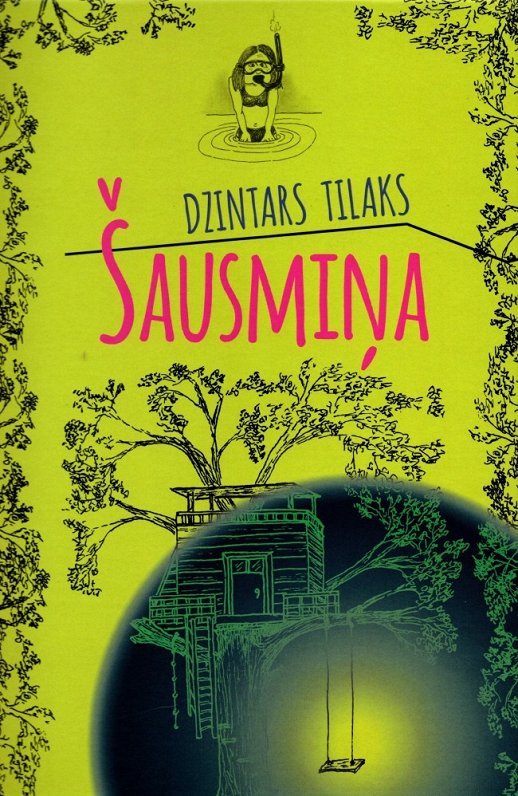
Photo: Publicity image
–
–
Dzintars Tilaks “Horror”
The book “Horror” by the Latvian author Dzintars Tilaks is no longer new, but it is worth reminding about it once again, because the story about the summer of little Charlotte’s Dawn is worth reading. So you’re not afraid of the book’s title, nothing terrifying in this story is, except, of course, some of the good protagonist Charlotte’s adventure with neighboring houses as if burglars or living room windows washing, which turns into a small-scale flood. The pun included in the title well describes both the content of Dzintars Tilaks’ book and Charlotte’s Dawn itself – the book sparkles with humor and summer mischief, as well as events that will then be told to schoolmates or half of the first semester. In addition, above all, there is a very nice basic idea that our shortcomings are also our values.
Recommended reader age 11+
Publisher – Zvaigzne ABC
Books not to be separated until the end of the summer
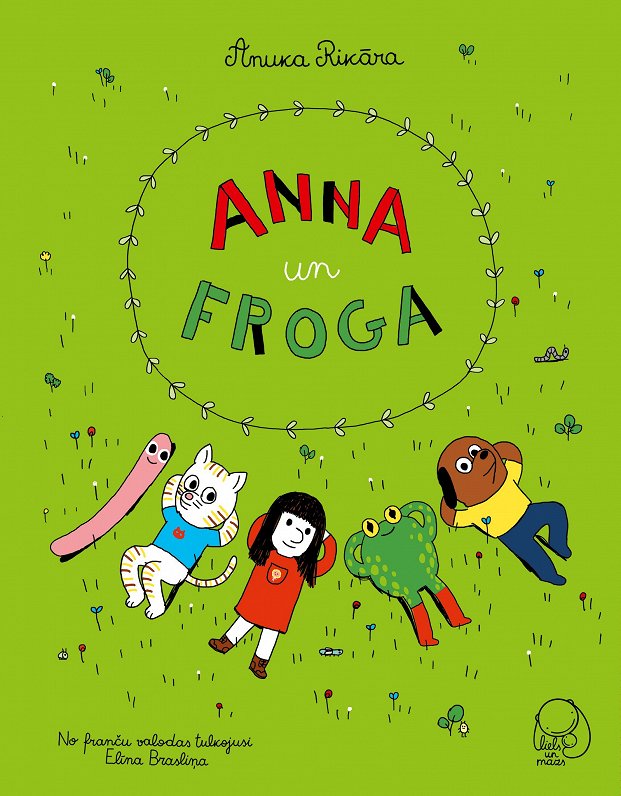
Photo: Publicity image
–
–
Anuka Rikāra “Anna un Froga”
It is likely that the children of the French author and illustrator Anuka Ricara’s comic book “Anna and Froga” will read the rest of the summer. Plus, it won’t be because the book is too thick. As this book enters your home, there will be silence in the nursery first, then an uncontrollable giggle, and soon everyone in your household will quote the most apt sayings in the book. The comic genre is not widely represented in Latvian book publishing, so it is worth taking a look at Anuka Rikāra’s work. In France, her comics are loved by children of all ages, and it is likely that the Latvian reader will also enjoy the naughty jokes and situations of her friends, which are so common and often experienced in their own families, but therefore only comical.
Recommended reader age 9+
Publisher – Big and Small
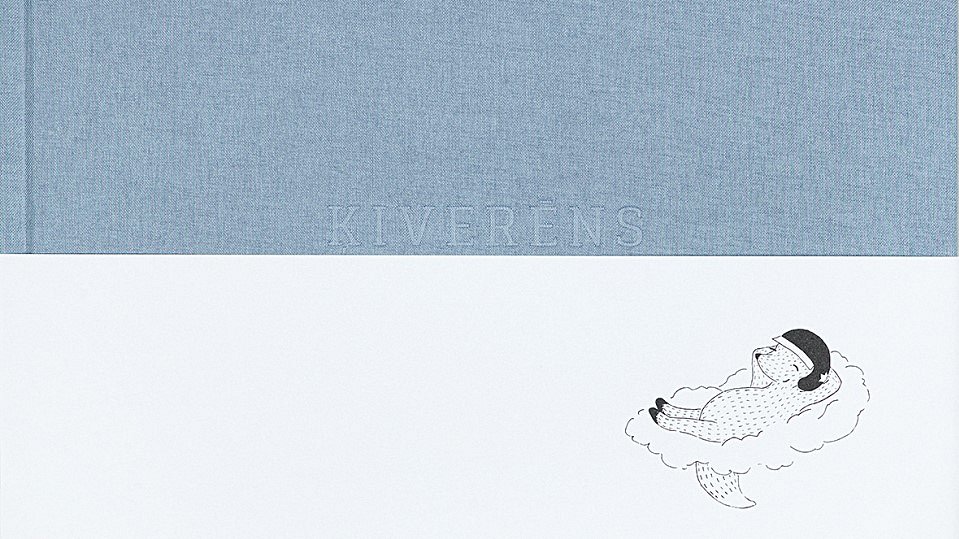
Photo: Publicity image
–
–
Liene Bērziņa, Kitty Role “Helmet”
The collaboration of Liene Bērziņa and Kitija Roles in the book “Ķiverēns” is something truly miraculous. The book has just been noticed at the Jānis Baltvilks award ceremony, where the authors have won the JSC “Latvijas Valsts meži” award “Jaunaudze” for their debut in children’s literature. Kitty’s role illustrations take your breath away, while Liene Bērziņa’s story about the little wasp Ķiverēna touches the depths of her heart. This is definitely a book to read together in families and then leave it for generations to come as a visual and meaningful value. In the pages of the book, the child Kiveren gets to know the world around him, but the reader gets to know himself. Have the illustrations for Kitty Roles already been mentioned? Amazing!
Recommended reader age – from 9 to 100
Publisher – “BE THE BEAR”
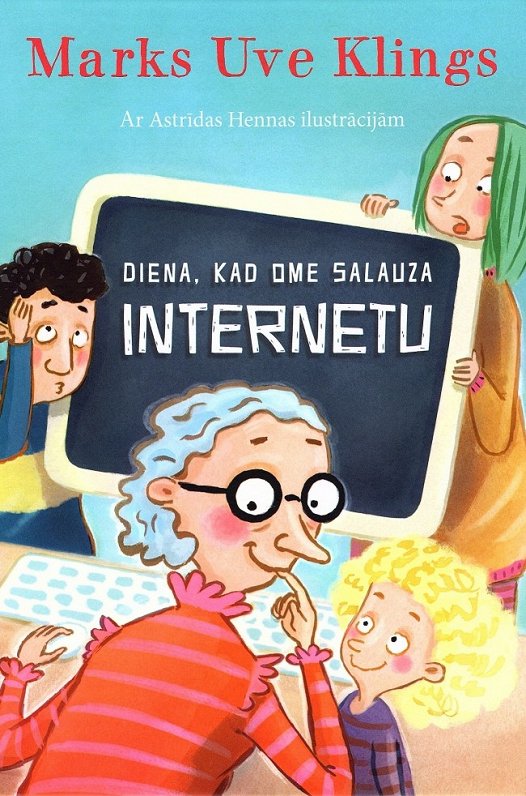
Photo: Publicity image
–
–
Mark Ūve Klings “The day we broke the internet”
After reading the story of the German author Mark Uwe Kling “The day when we broke the Internet”, it may happen that by the end of the summer the Internet in your home will be voluntarily turned off. As the events of the book show, such a scary event can turn into a really nice adventure, unite the family and, who knows, maybe even make new friendships. The book is very quick to read, and it is complemented by fun illustrations. The story of an omen that broke the Internet entertains, delights and once again reminds us that omes need to be looked after properly.
Recommended reader age 9+
Publisher – publishing house “Jānis Roze”
Books for rainy and reflective days
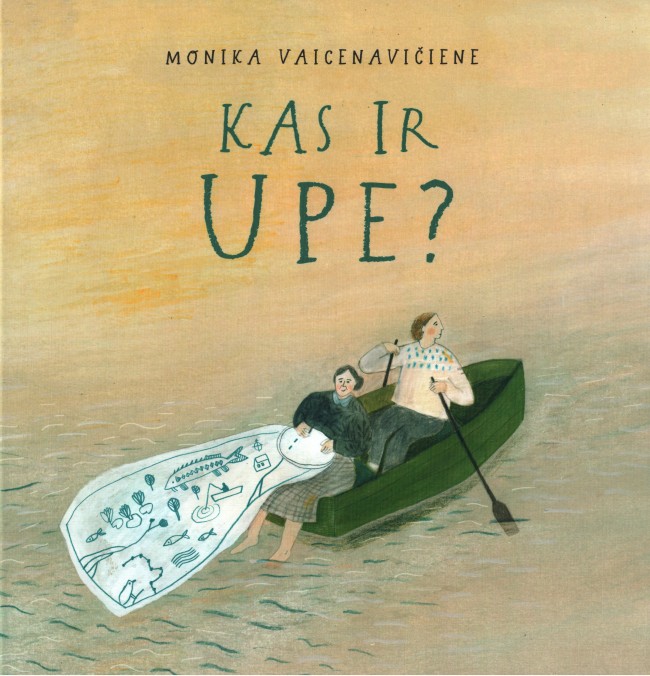
Photo: Publicity image
–
–
Monika Vaicenavičiene “What is a river?”
If there is a reader in your home who enjoys encyclopedias and books with exploratory content, the book “What is a river?” By Lithuanian illustrator and author Monika Vaicenavičienė is worth noting. In 2019, this book won the award for the most beautiful book for children in Lithuania, and it is really worth looking at its pages. Unlike the usual encyclopedias, which contain more photographic material, this book is a real work of art. Each opening of the book tells something about the nature of the river, its tasks, its meaning, but at the same time the illustrations are a real pleasure for the eyes. As a cross-cutting motif in the book, there is a conversation between grandmother and granddaughter about what a river is then. All together, it gives the feeling that something extremely important has fallen into the hands of the reader. How not! However, the river has always been both our feeder and the keeper of secrets.
Recommended age 5+
Publisher – publishing house “Jānis Roze”
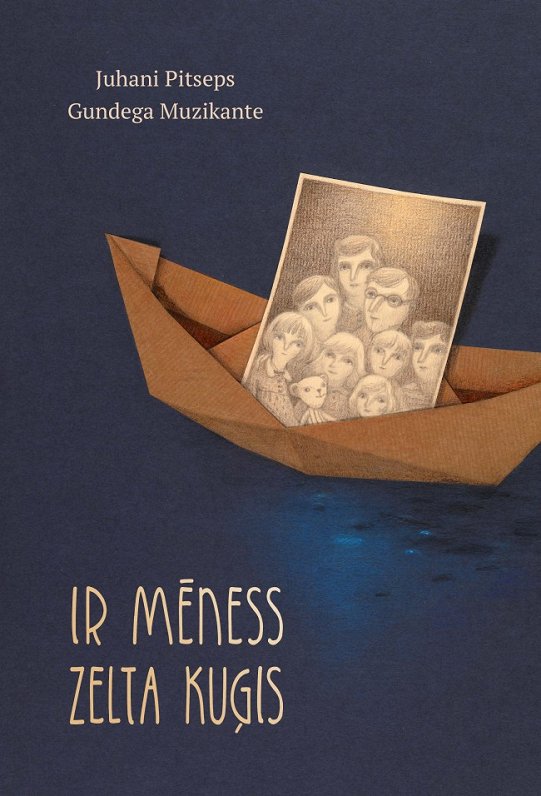
Photo: Publicity image
–
–
Juhani Pitseps, Gundega Musician “There is a golden ship of the moon”
Suitable reading for rainy summer days will be the painful but very heartfelt story of the Estonian author Juhani Pittsep in the book “There is a golden ship of the moon”. This, of course, can and should be read on sunny and all other days of the year. At the heart of the book are the events of 1944, when, avoiding the unpredictability of World War II, the Baltics fled across the Baltic Sea to Sweden in boats. Fear, hope, longing, familiarity – all this is in this book, where with the eyes of little Yeta, the central image of the book, we experience a separation from beloved and important things, places and people, heavy sailing across the surging sea during a storm and living abroad. The story is complemented by beautiful and deep illustrations by Latvian artist Gundega Muzikante.
Recommended reader age 11+
Publisher – publishing house “Jānis Roze”
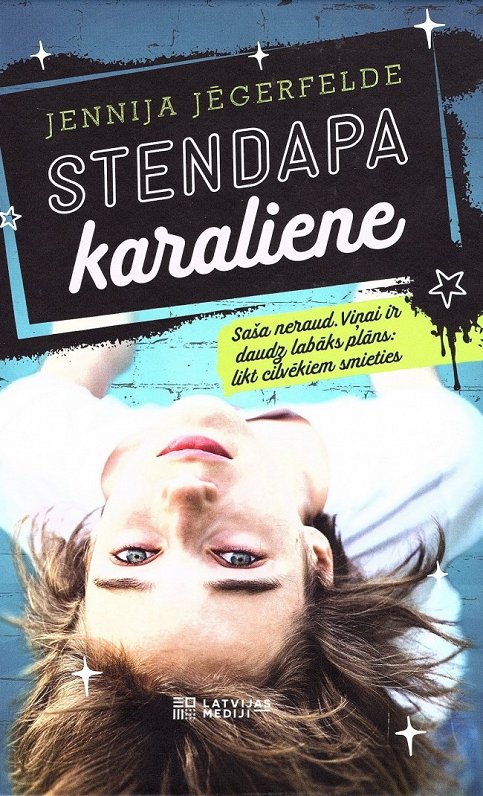
Photo: Publicity image
–
–
Jennie Jaegerfeld “Queen of Stendap”
If I had the opportunity to recommend only one book for this summer, it would probably be the book for teenagers “Queen Stendap” by Swedish psychologist and writer Jenni Jaegerfeld. Sasha has decided to be different from her mother. The girl has a list of things to do and a commitment never to read books, not to walk in the woods and not to think too much, but most importantly – to become the queen of the stand and make people laugh. The book is a very important event just because there are a few teenage readers in Latvia abizoti. There are not enough choices to read for this age group. The second reason why this book is very pleasing is a subject that is quite bold, but also very, very necessary. Jenny Jaegerfelde writes about depression and suicide and encourages thinking about how children can live with sadness and loss. Read about it in the book “Queen of Stendap”.
Recommended reader age 15+
Publisher – “Latvian Media”
–


